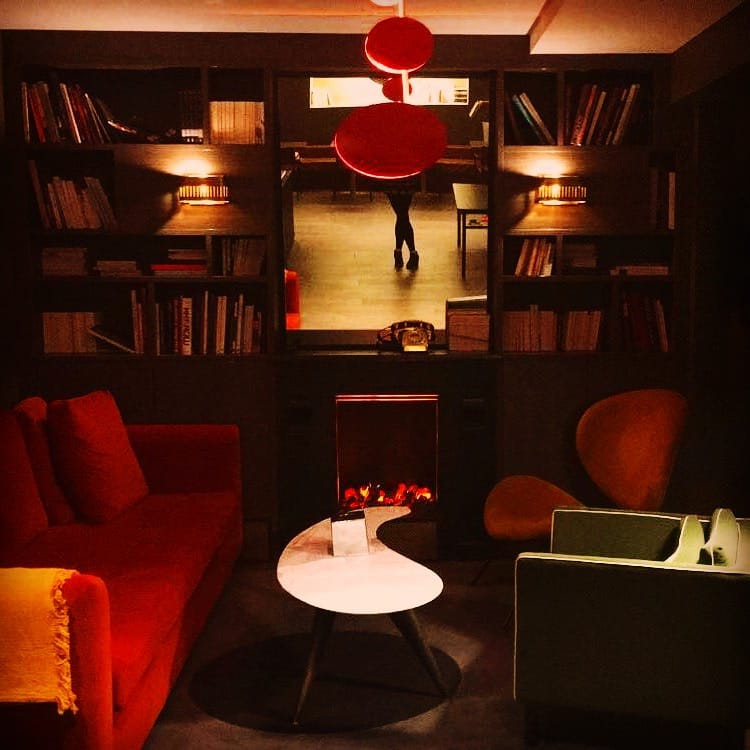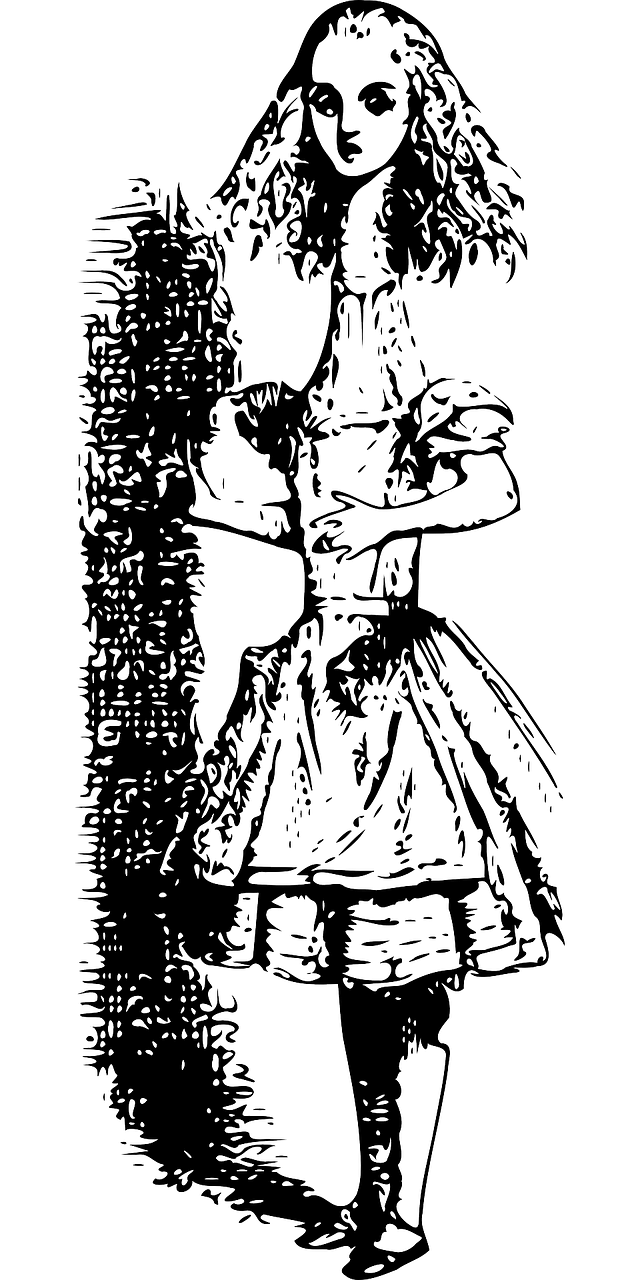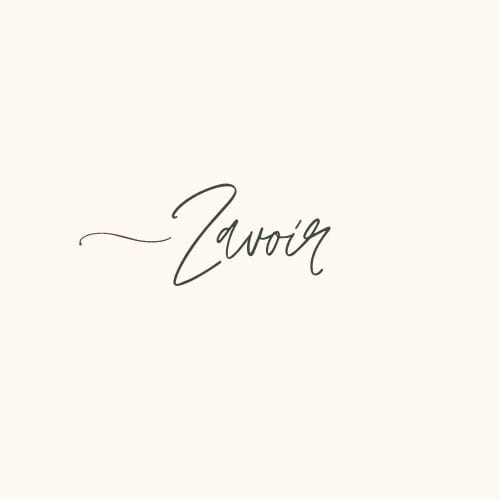To Zavoir
As you read my articles I believe you will start to see how one thing in society, in a culture, or one’s behaviors connects to another; how a painting by Van Gogh or Rouault with their search for balance and need to express inner feelings is indeed relatable to what we modern-day humans seek.

“Curiouser and curiouser!” cried Alice (she was so much surprised, that for the moment she quite forgot how to speak good English); “now I’m opening out like the largest telescope that ever was! Good-bye, feet!” (for when she looked down at her feet, they seemed to be almost out of sight, they were getting so far off) “Oh, my poor little feet, I wonder who will put on your shoes and stockings for you now, dears? I’m sure I shan’t be able! I shall be a great deal too far off to trouble myself about you: you must manage the best way you can;—but I must be kind to them,” thought Alice, “or perhaps they won’t walk the way I want to go! Let me see: I’ll give them a new pair of boots every Christmas.”
-Alice’s Adventures in Wonderland by Lewis Carroll

What does Alice have to do with it?
I love this excerpt from Alice’s Adventures in Wonderland. Alice stumbles over her native language as her situation becomes increasingly strange. She expresses both worries about her changing body and is curious about what is happening. She is faced with the reality that she cannot take care of her own two feet if things continue the way they are going. Yet, her innate belief that she must take care of her feet to get to where she wants to go (even if she does not care where she goes) forces her to think of a way to fix the problem. Her solution? Buy the shoes.
Alice is similar to how the wellness industry wants us to treat ourselves in this increasingly strange world. A young man or woman looks into the mirror and sees a distorted reflection. Compared to their peers, influencers, and celebrities on filter-friendly social media apps they feel that they are the ones that look different. They become increasingly curious about how they would look with lip filler or butt implants. Should they buy that detox tea? Maybe they should follow that model’s morning routine they watched on YouTube, but how are they going to afford spirulina supplements, green powder, and digestive enzymes? Just as they start spiraling down a rabbit hole, poof, an ad appears with a magic bundle of savings.
Not what you are thinking
I am not here to tell you that marketing is bad and that nobody should engage in it for their profit. I would be a hypocrite for saying or believing so. Nor am I here to throw verbal or written trash at every new wellness trend/problem that pops up on your feed or in the news. A career path of intentionally hunting down bogus misinformation from oftentimes too-well-paid influencers and then fiercely throwing spite to prove I am right (from behind a screen) is not in the stars for me.
What I am here for, like many of you, is simply to grow and to help others. More specifically, to help others see the world, themselves, and health from a different angle. I wish to grow as a writer, a reader, and a researcher. I hope that by creating something good this insight is spread to my readers; that they learn and grow themselves and get to know their being on a deeper and more personal level.
Connecting the dots
I find as a health and wellness professional that often a person’s overall health does not come down to only one reason. For example, if a culture is known for having big portions of food this may relate to a culture being known for the big yellow school bus, skyscrapers, and pickup trucks. The truck manufacturer probably had nothing to do with the size of your meal at a fast food joint, but culture sure did. Even so, having big portions and driving big vehicles does not mean you are guaranteed to eat too much and develop diabetes. No, not at all. But culture may help explain why things are the way they are and why a culture of “bigger is better” is not always guaranteed to be better.
In addition, outside of the realm of culture, there is a plethora of knowledge and wisdom we can gain from entire countries and individual humans. The artist behind the painting or the painting itself has a story to tell that on the surface doesn't appear to relate to one's health- whether it be in the mind, the body, or the spirit, but with a deeper look aligns eloquently with our being. It reveals, it relates and it connects.
As you read my articles I believe you will start to see how one thing in society, in a culture, or one’s behaviors connects to another; how a painting by Van Gogh or Rouault with their search for balance and need to express inner feelings is indeed relatable to what we modern-day humans seek. Or, how a country’s health index is not only about the food people eat but about the effectiveness of a governmental healthcare system that may greatly reduce a population’s stress.
In a nutshell
Savoir is a French word meaning, "to know a fact or how to do something," such as "Je sais respirer" (I know how to breathe) or "Je sais que les baguettes sont délicieuses" (I know baguettes are delicious). The latter may be more opinion than fact, but it's a strong opinion held by myself and UNESCO.
Zavoir finds zoetic wisdom in the world's pockets and unfolds its mysteries onto the page. The route from the brain to the fingertips cannot be done without a stopover at the heart. Encompassing the newsletter are life lessons from people, countries, and cultures regarding whole health at the intersection of themes such as art, literature, history, philosophy, and psychology.
~ Zavoir

